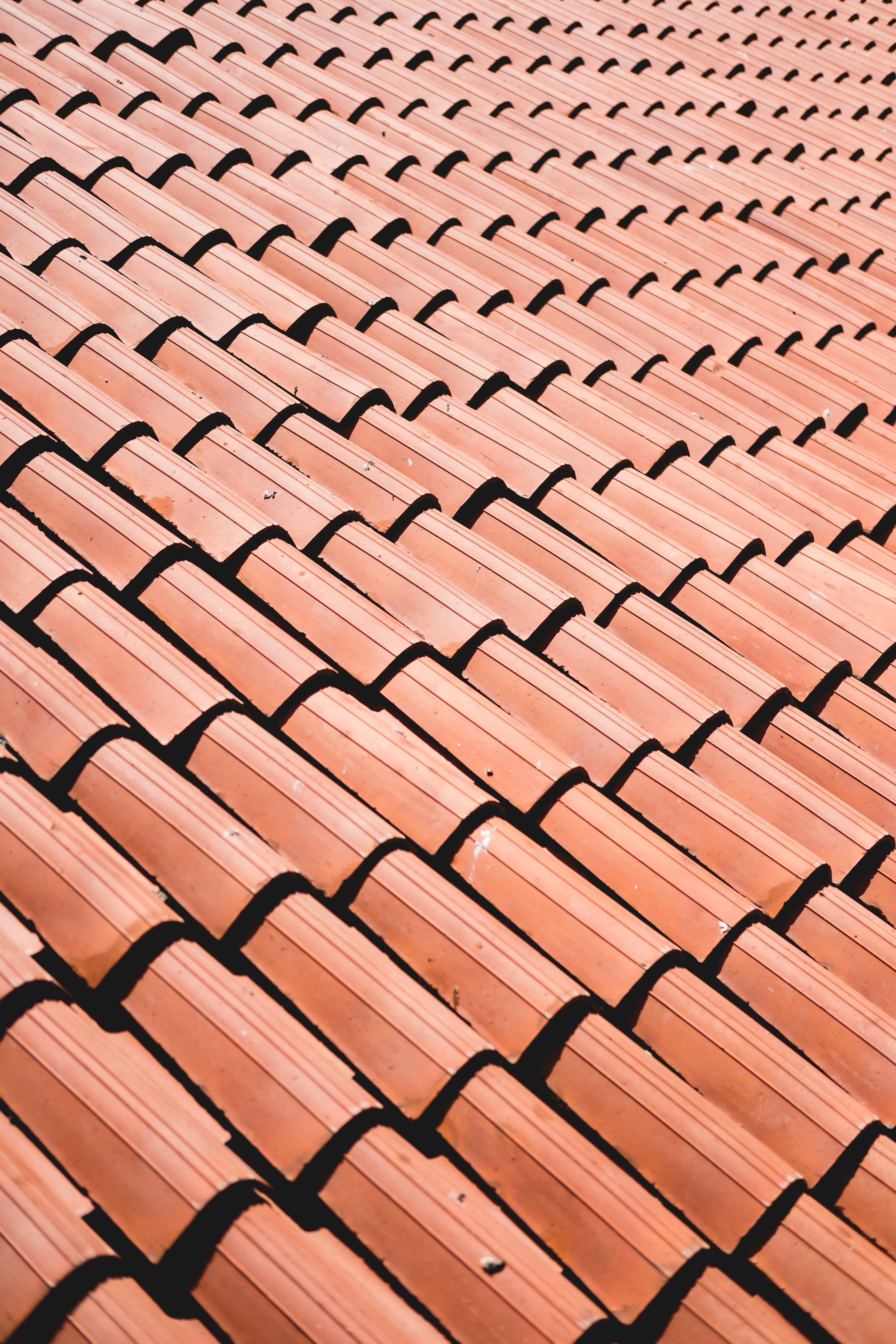 Will I Get a Leak from a Tile that’s Cracked, Slipped or Missing?
Will I Get a Leak from a Tile that’s Cracked, Slipped or Missing?
One of your roof’s main jobs is to keep out the rain that falls on it but to do that properly the roof needs to be intact. If it’s a tile roof, that means all the tiles need to be undamaged and in place. So what will happen if any of your tiles are cracked, slipped or missing? Will you get a leak?
How Might Your Tiles Be Damaged?
The tiles that make up your roof are very much on the front line against the weather, and there are sometimes casualties. For example, high winds can make your tiles slip out of place, or even blow away completely, especially if the fastenings have worn loose over time.
Slippage may happen in other ways, too. If a jet going overhead creates a sonic boom, for instance, that can knock tiles out of place, as can an earthquake. OK, of course we don’t get serious earthquakes in the UK, but we do get fairly frequent tremors, and that can be enough.
High winds and storms can also crack tiles. This is because the wind will pick up debris and some of it may collide with your roof. Alternatively, if any water that works its way into cracks should freeze, it will expand and could crack the tiles.
Can These Issues Cause Leaks?
Clearly, if a tile is no longer in place, it isn’t keeping the water out. A cracked tile might continue to be waterproof for a while, depending on whether the crack goes all the way through. Eventually, however, the water will work its way through, and any ice in the crack will widen it.
This doesn’t mean you’ll have a leak immediately, as long as the waterproof underlay is still in place. However, the underlay isn’t designed to be constantly exposed to water pooling on it, and sooner or later the material will rot, letting the water through to cause damp, mould and mildew inside your home.
Check Your Tiles Regularly
To make sure you aren’t creating problems for your home in the future, it’s vital to check your tiles regularly. You should schedule this a couple of times a year in any case, but you’ll also need to check after high winds, heavy rain or a sharp frost. Or an earthquake, of course.
Ideally, the inspection should be from up close but only climb up if you have a high-quality ladder and the right safety equipment, and if you’re comfortable at heights. Otherwise, a pair of binoculars from ground level is perfectly adequate.
Whatever your approach, on no account try to get onto the roof or make the repairs yourself — these are jobs strictly for professionals. If your tiles are at all damaged or missing, get in touch with us to stop the leak before it develops.









